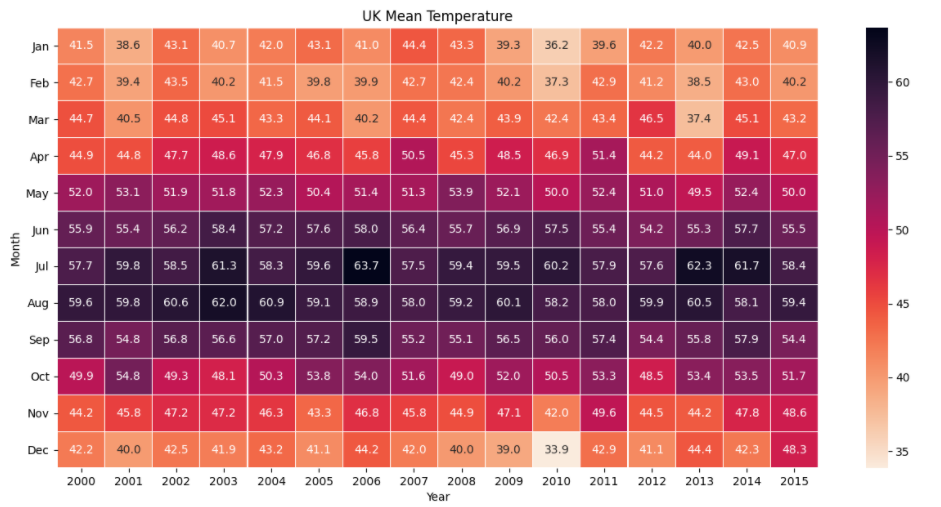Jason Dolorso

Resume | LinkedIn
Lead Data Scientist at Schneider Electric
Consultant at ACCeSs Lab
Consultant at AIM - IMSG
MSc in Data Science at AIM
A Petroleum Engineer turned Data Scientist with the goal of empowering organizations in making data-driven decisions. Currently a Lead Data Scientist for the world's most sustainable company.
Rain, Rain, Go Away: Predicting the Chance of Rain using data from Global Surface Summary of the Day
Dennis Dominic Diego,
Jason Dolorso
Asian Institute of Management
Executive Summary
Rain or drizzle is usually associated with abnormal weather, greatly impacts ecosystems, businesses, and even everyone's daily lives. In United Kingdom, rainfall is one of prevalent causes of profit warnings especially on industries like utilities, retail, construction and agriculture (Burk-Kennedy, 2020). A research in 2014 that looked into the influence of rainfall on accidents in UK revealed that the relative acident rate in Manchester City 1.5 times during rain events when compared to days with dry spell (Jaroszweski & McNamara, 2014). Considering how much rain affects the country, we want to unfold how we can predict if it will rain in the United Kingdom based on the previous day's weather/climate information. In this study, we will use the data from Global Surface Summary of the Day retrieved from Amazon Open Data Registery. By using the data collected from the 355 weather stations all across the United Kingdom, from year 2000-2015, we were able to predict if it will rain the next day based on current day's Temperature, Sea Level Pressure, Dew Point, and whether it rained or not, which resulted to an accuracy of 79.73% and AUROC of 84.02%. The results of this study can be valuable to businesses, travellers, and any UK citizens to adjust their plans based on whether it will rain or not. Same methodology can also be applied to other locations and although there are weather forecasts already available from institutions like PAGASA Weather and Flood Forecasting Center, it involves extensive processing of weather data, weather maps, and satellite and radar imageries (PAGASA, n.d.). This depicts that the chance of rain can be predicted by only using a handful of weather features from the previous day.
Full text article and source codes can be provided upon request.
